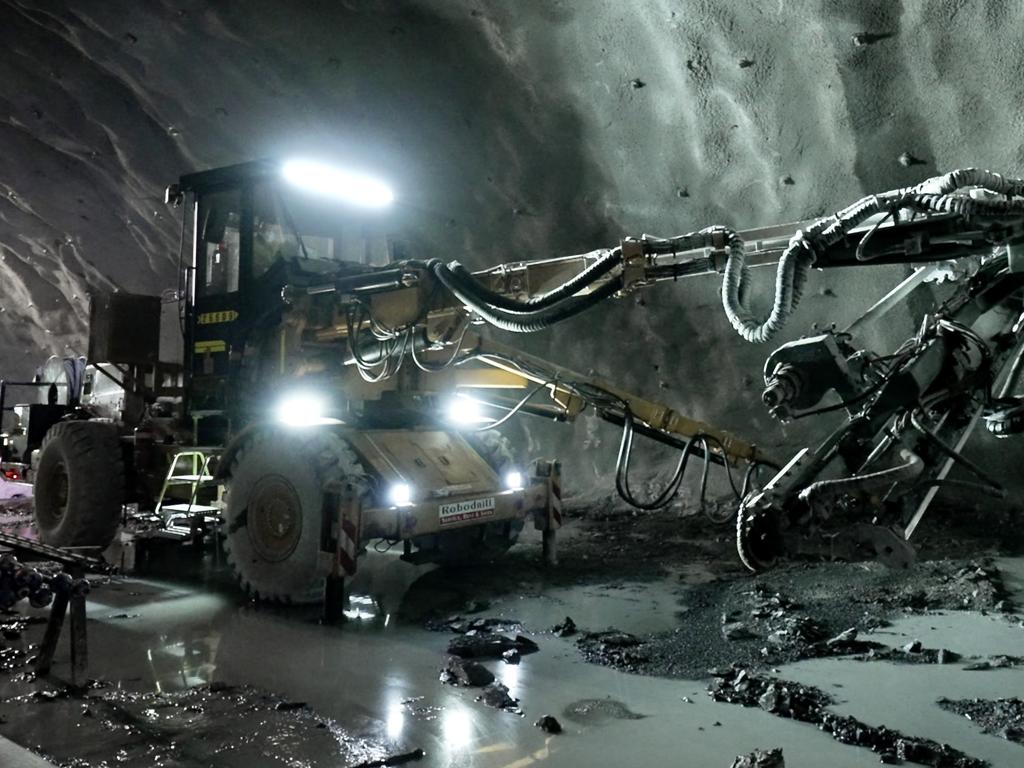Why Snowy 2.0’s fresh audit can’t dodge hard truths

In recent months, the nation’s Auditor-General has announced a follow-up audit of Snowy 2.0 to assess the effectiveness of Snowy Hydro’s “management of the delivery of the project”.
The Auditor-General’s first audit, tabled in June 2022, extolled the project’s management, “assuring parliament that Snowy Hydro Limited had appropriate arrangements in place to effectively deliver Snowy 2.0” and urging other government entities to follow Snowy Hydro’s “good practices … in governance, risk management, procurement and contract management”.
Staggeringly, after an eight-month assessment process, not one recommendation was made – almost unheard of for such audits – despite submissions by industry experts of substandard management and impossible claims.
Inevitably, the ineffectiveness of the project’s delivery was disclosed a year later, in August 2023, when Snowy Hydro had no option but to reset the entire project.
The estimated cost was tripled from $3.8bn-$4.5bn to $12bn.
The completion date was delayed from 2026 to 2028 (still impossible). The $5.1bn fixed-price main contract was ditched, being deemed no longer fit for purpose, and replaced by a cost-plus contract, and all outstanding contractor claims (about $2bn) were to be settled.

Worse still, the government had fork out a further $7.1bn of financial support on top of the initial $1.4bn provided at financial investment decision.
Snowy Hydro chief executive Dennis Barnes apologised: “Obviously (we’re) very disappointed in the cost increase and of course we apologise for that.”
And Snowy Hydro’s shareholding ministers, Chris Bowen and Katy Gallagher, slammed the hiding of delays and design immaturity. But will the Auditor-General be snowed a second time?
The follow-up audit proposes to examine two criteria: was the 2023 contract reset informed by sound planning and advice; and is Snowy Hydro effectively managing contract performance to achieve value for money and to deliver the outcomes required of the project.
Central to the first criterion is the updated Snowy 2.0 business case. The core claim is the gross value of Snowy 2.0 has shot up to $15bn, a whopping $10bn more than the FID estimate of $4.3bn-$6.6bn (which critics at the time considered to be highly inflated).
Subtracting the reset’s cost of $12bn results in a claimed net value of $3bn. But the derivation of this net value has several flaws.
The $12bn cost estimate (likely to increase further) covers only the major plant. It does not include many other costs, especially financing and transmission, which bring the total project cost to more like $25bn. While the $12bn cost is understated, the $15bn gross value is overstated. It assumes Snowy 2.0’s revenue will be derived largely through generating 5300 gigawatt-hours a year (up 50 per cent from 3500GWh/year in the FID). Such production would require Snowy 2.0 to generate at full capacity (2200 megawatts) for almost seven hours on average every day and to pump for nine hours.
It is inconceivable that electricity prices will be high enough to justify generating for seven hours every day and low enough to justify pumping for nine hours, or longer if not operating at full capacity, let alone other practical limitations such as competition from batteries, plant outages and water storage restrictions.
Moreover, there will be insufficient transmission capacity for Snowy 2.0 to operate at high levels for extended periods. The capacity of HumeLink, the transmission connection for Snowy 2.0, will be only 2200MW, not enough for Snowy 2.0, plus proposed renewable generation in southwest NSW (3000MW), plus transfers from South Australia (800MW via EnergyConnect) and from Victoria (1900MW via VNI-West).
The implausibility of the assumption of 5300GWh/year generation in the business case means there is no way Snowy 2.0 could earn the revenue forecast or have a net financial value. (Not counting the project’s environmental destruction across Kosciuszko National Park.)
With respect to the second criterion, the new cost-plus contract was supposed “to result in closer collaboration, stronger oversight and alignment of interests between Snowy Hydro and Future Generation Joint Venture”, the main contractor.
Setting aside the dubiousness of a cost-plus contract providing value for money – as it transfers most of the risks from the contractor to Snowy Hydro, that is, Australian taxpayers – it is clear contractor performance has not improved since the reset.

Florence, the notorious tunnel-boring machine, was bogged for a year in soft ground, then stuck in hard rock for months. In the three years since commissioning, in March 2022, Florence excavated 3km of the 17km headrace tunnel. Snowy Hydro has had to order a fourth machine to excavate from the other end of the tunnel.
Even more telling is Snowy Hydro’s recent call for the contractor’s leadership to be sacked.
In a highly critical statement, triggered by yet another serious safety incident, Snowy Hydro seems to have lost patience with FGJV and “sought an immediate independent safety review and audit, and required changes to principal contractor Future Generation Joint Venture’s leadership on the project”. Current industrial action and strikes highlight entrenched management problems and compound the ultimate cost for taxpayers.
We will have to wait a year until the second audit is tabled in parliament in 2026. Surely this time the full extent of Snowy 2.0’s ineffective delivery and net cost to Australian taxpayers and electricity consumers will be detailed – the evidence is too overwhelming.
Ted Woodley is former managing director of PowerNet, GasNet and EnergyAustralia. He is a board member of the NSW National Parks Association.




